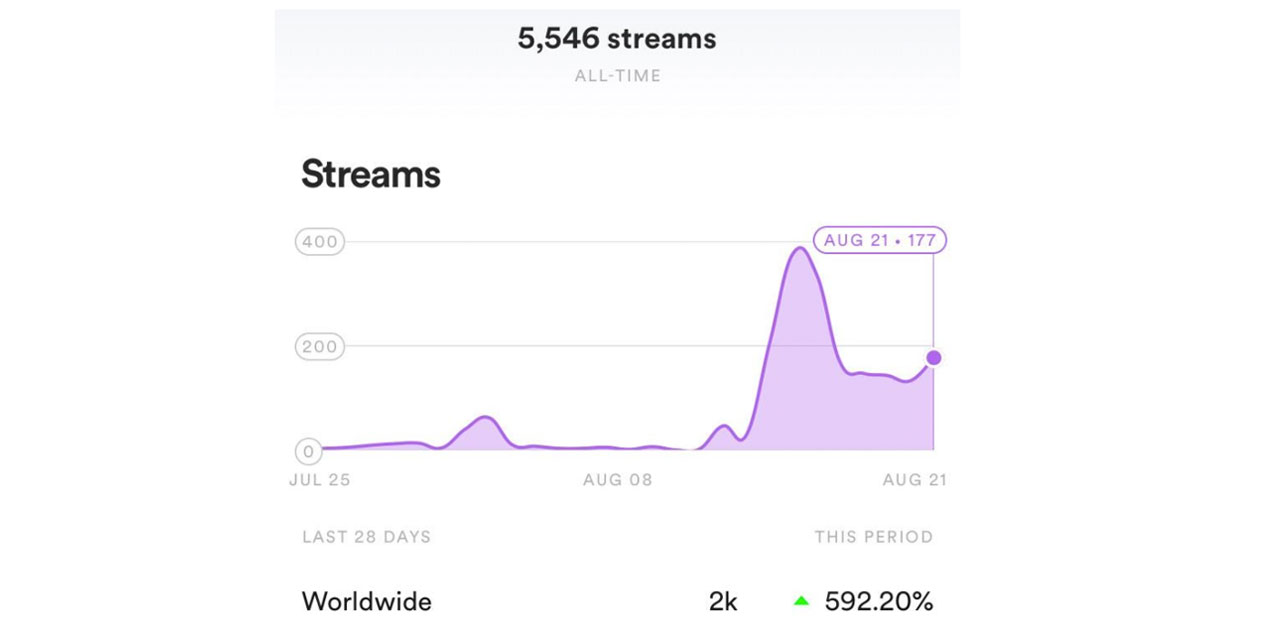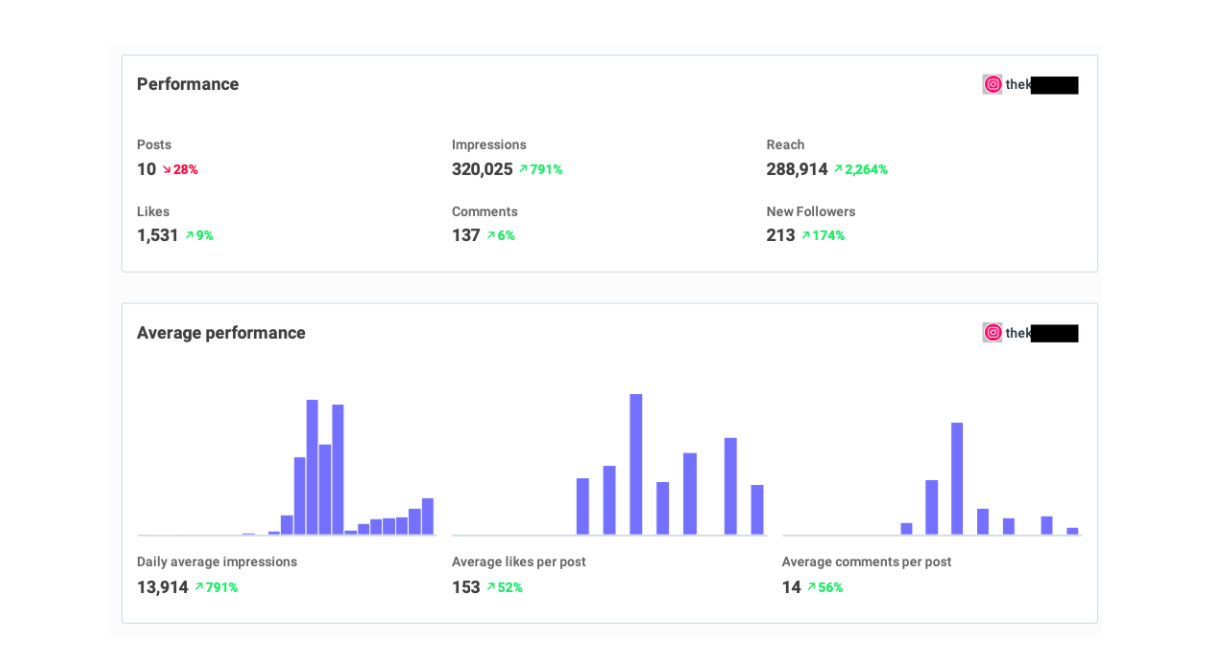What Is ‘Niche Marketing,’ And How Can It Help You Monetize Your Fanbase?
Like in any business, a music business niche market represents a subset of consumers on which a particular product is focused. Here, we look at how to identify and focus in these groups within your audience in order to better monetize your fanbase.
Guest post by Keturah Brown of the Bandzoogle Blog
Simply put, a niche market is the subset of the market on which a specific product is focused. So niche marketing is a marketing strategy that focuses like a laser only on that niche market.
To give you a better idea of what this means, here’s an example.
Say you’re a dog trainer, your general market would be dog owners, and it would be absolutely enormous. But you could niche down further and focus on training “small dogs,” which would be considered a segment of the larger markert. You could then take that specification even further and specialize in “agility training” for “small dogs ages 5 years and up.” That would be a very specific segment of the dog training market.
From a marketing standpoint, that means your intended audience would have a very specific need that only a few vendors specialized in; giving your brand a competitive edge. You wouldn’t be competing against dog trainers who focus on leash training or obedience, you’d only be focusing your time, efforts, and money on a narrow field that has a higher chance of converting.
To recap, the idea with niche marketing is to hone in on the needs of a very specific segment of a market or audience and offer them something only you can provide. When it comes to musicians, there’s a variety of ways to employ this tactic to your promotional and audience development activities.
But first, here’s a bit about me.
I’m a musician and a marketer. Those two things combined position me to cater to a specific audience as a mentor, coach, or consultant. I’m not creating marketing strategies for plumbers (though, honestly, I have) or retail stores (yup, that too), I’m focusing on creating marketing and monetization strategies for musicians solely — and I can do so from the unique position of understanding the concerns, values, and needs of both groups intimately. As someone who has studied both performance and business marketing I have a unique selling proposition (or, USP) when it comes to helping other musicians in the game. As Frank Ocean would say, “I see both sides like Chanel.”
So now let’s talk about you and your music.
How can you use niche marketing to set your marketing strategy ablaze? It’s actually super simple. I’m going to attempt to break down the strategy that I’ve been using to grow my music brand rapidly for the past three years, and using my own data as an example.
In my most recent campaign, I focused on Spotify because I realized I hadn’t shown it any love in my former campaigns. I’d been so busy trying to build a social media presence that I forgot to include customer routing in my strategy, so that my social media followers understood what I wanted them to do.
In a matter of about 2 to 3 weeks, I raised my Spotify Listener count and Spotify Follower count over 500%.

My Spotify streaming data for August 2020.
It also subsequently benefited my then Instagram account since Instagram and YouTube were the platform of choice for finding my audience originally. But this strategy will work for any platform that allows you to segment content and audiences.
A segmentation can be counted by something as simple as a hashtag since a hashtag by nature categorizes all content (which we assume to be related) under tags—allowing you (in theory) to find a group of people who all relate to this hashtag.
And I want to mention that marketing to “build an audience of followers” is always a better return on investment (ROI) than marketing to “sell albums or songs,” unless you’re a global chart-topping artist. New people you find through targeting are going to have to be won over, either with photo or video content you feed them, or by offering them free places to stream your music—so don’t try to sell them something up front.
In this way, using Spotify as a discovery tool to attract followers can be a high-impact strategy.

My Instagram performance data for August 2020.
My intention for this article is to give you an overview of how to implement niche marketing into your current marketing strategy.
1. Identify psychographics for targeting
First and foremost, set up your niche targeting by identifying the psychographic classifications for your target audience.
Demographics cover straightforward data like age, income, location, and education, but psychographics (what we used to target niche audiences), on the other hand, help us to identify who people are based on their behaviors, values, and desires.
You need to think about your music and brand as a product that people have to find, and then purchase. Just like shampoo, cat litter, and baby food. Think through the needs, interests, and especially, the tastes, of the audience who’s most likely to buy your product. That’s approaching your audience’s psychographic classification.
2. Finding which platform your audience is on
Once you’ve identified the psychographics of your target group, pick a platform or medium of choice on which to target them. Of course, an in-depth use of psychographics will help you to understand what platform or medium your target group likely uses.
For instance, if my target audience is 22 and under, and based in the U.S. primarily, I’ll probably focus on TikTok and YouTube. But if my target audience is 55 and over, I’ll probably focus on News platforms and maybe even a little Facebook marketing.
Platform/medium usage would be categorized under “behavior” when constructing a psychographic profile. This is an excellent example of why psychographics matter for the specific focus of niche marketing—you don’t want to waste energy on trying to reach your audience on platforms they don’t use.
3. Strategizing to reach segmentations
Once you’ve found your targeted platform, start to understand how it uses segmentation organically and through paid media. Does this platform use hashtags? Can you target ads based on interests and behaviors? Is there a segment of the show (if targeting local news or radio) that appeals to certain demographics and psychographics of people?
This is how you strategize to reach the segmentations that you’ve created. You need to draw a direct line from what you’ve learned about your audience to how you disseminate your content or market to them.
And the best way to do that is to create customer profiles, or in the case of music: fan profiles.
When I chose the details of my latest campaign, I identified the key demographics and psychographics of my audience and created a perfect fan profile. Here’s what it looked like:
Keira Nightly
Age: 23
Education: Undergraduate degree
Interests: Traveling, romantic comedies, art shows, dogs
Behaviors: Online shopping, streaming content, active on IG and FB
Values: Volunteer work, sustainability.
I did this because, firstly, I’m into a lot of these things and I like the music I make, so Keira probably would too. Secondly, my music deals with dramatic romance, and generally appeals to listeners who enjoy lyrics that touch on emotional subjects. So someone who likes romantic comedies will have the right mindset to engage with the subjects I like to sing about. Thirdly, a capacity for travel, art shows, and volunteer work, mean that my listener enjoys “new things” and “discovery,” which in tandem means they’ll be more receptive to my music if it’s new to them.
So, my strategy to find Keira, on a platform like Instagram, might look like:
Hashtags: #TravelBae #EcoFriendly #Recycling #DogsofInstagram
Ad Targeting: Women 18-25 that like art pages, romcom pages who use Spotify.
It can really be as simple as that.
The hardest part—well, it’s not hard, but it does take thought, patience, and attention—is then to take the mass amount of data that comes in, and parse through it to identify which niche audiences your brand and music most appeal to; whether you’ve planned it that way or not.
Create those perfect fan profiles and experiment with what methods yield the results you’re looking for most efficiently. You’ll have to spend a bit of money targeting audiences on Facebook and Instagram, and I know running ads is spooky, but done the right way, these campaigns can 100% be worth every buck.
Even if you don’t end up with big sales numbers, the data should provide some interesting insight into who gravitates towards your music the most. And from there it should be smooth sailing.
———
Keturah Brown is a songwriter, producer, and music marketing guru with an MA in music marketing from Berklee College of Music. Keturah also works with Soundfly as a Marketing and Songwriting Mentor.